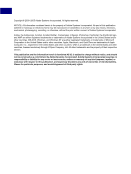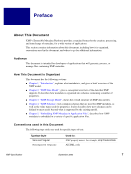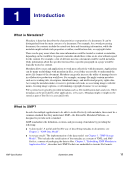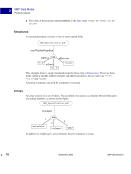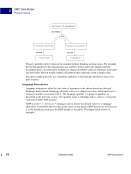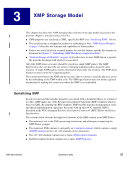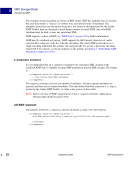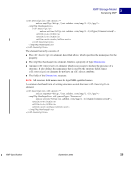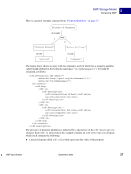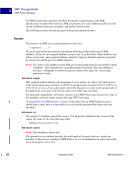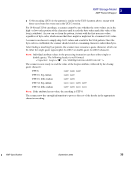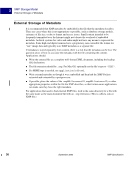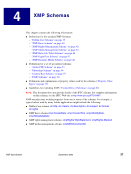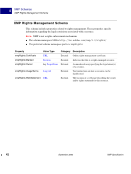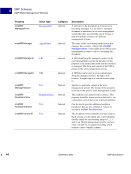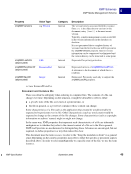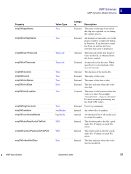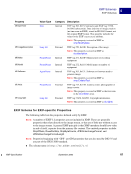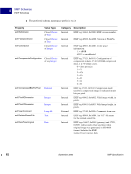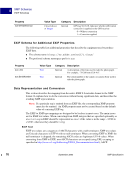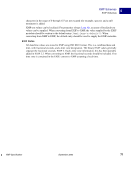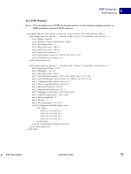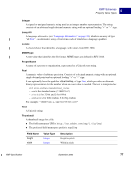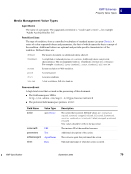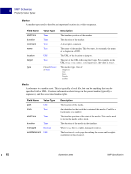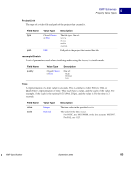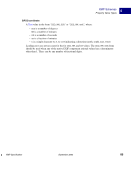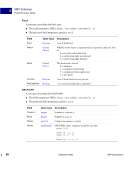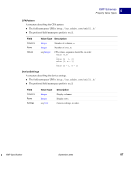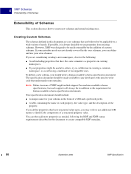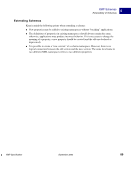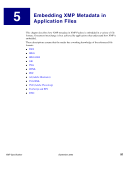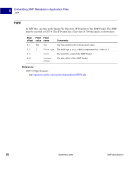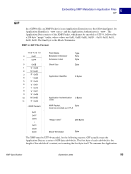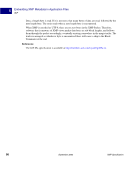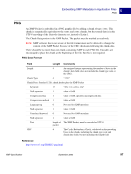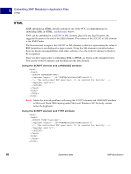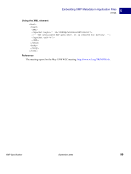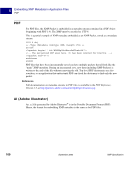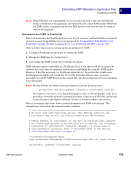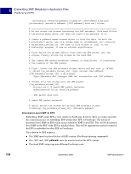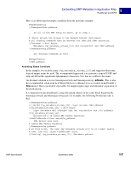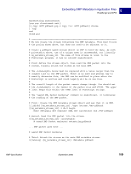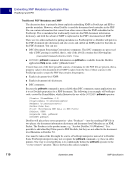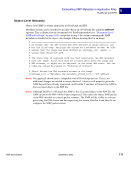88 September 2005 XMP Specification XMP Schemas Extensibility of Schemas 4 Extensibility of Schemas This section discusses how to create new schemas and extend existing ones. Creating Custom Schemas The schemas defined in this document are core schemas that are believed to be applicable to a wide variety of needs. If possible, it is always desirable to use properties from existing schemas. However, XMP was designed to be easily extensible by the addition of custom schemas. If your metadata needs are not already covered by the core schemas, you can define and use your own schemas. If you are considering creating a new namespace, observe the following: ● Avoid including properties that have the same semantics as properties in existing namespaces. ● If your properties might be useful to others, try to collaborate in creating a common namespace, to avoid having a multitude of incompatible ones. To define a new schema, you should write a human-readable schema specification document The specification document should be made available to any developers who need to write code that understands your metadata. NOTE: Future versions of XMP might include support for machine-readable schema specifications, but such support will always be in addition to the requirement for human-readable schema specification documents. Your specification document should include: ● A unique name for your schema in the form of a URI and a preferred prefix. ● A table containing the name of each property, the value type, and the description of the property. If you define properties that have structured value types, you may wish to use additional URI names to identify the components of a structured property value. You can then add more properties as needed, following the RDF and XMP syntax requirements described in this document to create compatible RDF metadata.
Purchased from Demo (abedemo.tizrapublisher.com) for the exclusive use of unknown. © 2025 Demo. Please report unauthorized use to pirate@tizra.com


